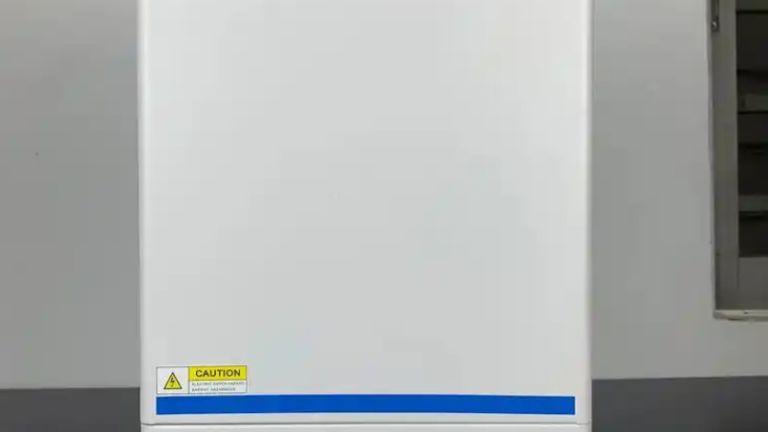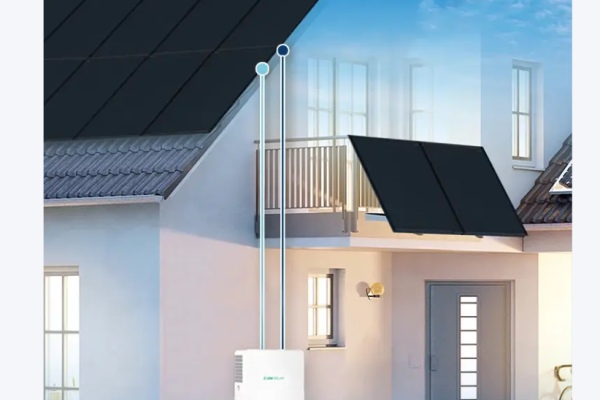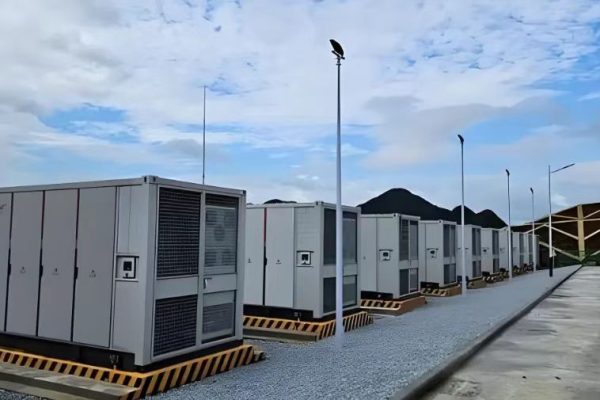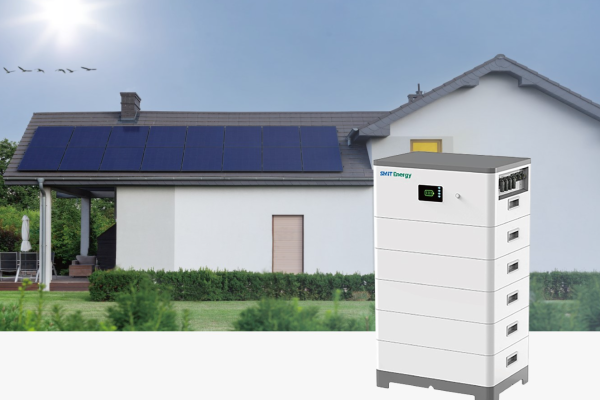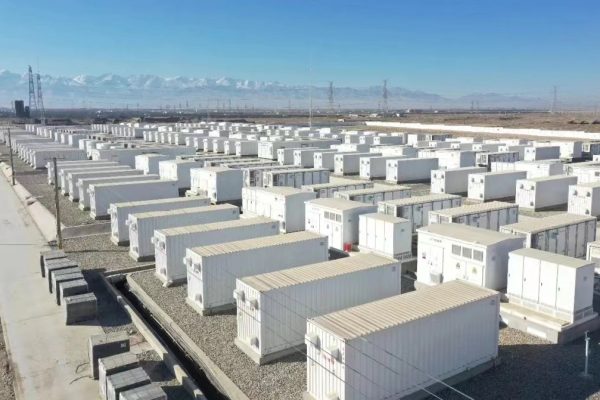1. Introduction
Choosing between a grid-tied or off-grid inverter is one of the most critical decisions when planning a solar energy system. Each system has unique benefits and trade-offs based on your energy goals, location, and budget.
2. What Is a Grid-Tied Inverter?
A grid-tied inverter connects your solar panel system to the utility grid. It synchronizes the phase and frequency with the grid and allows excess power to be sent back to the utility company. These inverters often support net metering, where you earn credits for exported power.
Benefits:
- Lower upfront cost (no battery)
- Efficient energy use
- Can sell electricity to the grid
Limitations:
- No power during blackouts unless combined with a battery
- Depends on local grid regulations
3. What Is an Off-Grid Inverter?
An off-grid inverter is used in systems that are completely independent from the utility grid. It typically works with batteries and sometimes backup generators to provide consistent power.
Benefits:
- Full energy independence
- Works in remote locations
Limitations:
- Requires battery bank (higher cost)
- Over/under-sizing risks
- More maintenance and planning
4. Hybrid Option
Hybrid inverters combine the features of both grid-tied and off-grid systems. They can operate connected to the grid or in island mode. Ideal for homeowners wanting backup power with grid support.
5. Real-World Examples
| Scenario | Recommended Inverter |
|---|---|
| Urban home with net metering | Grid-Tied |
| Rural cabin without grid | Off-Grid |
| Suburban home with blackout protection | Hybrid |
6. Conclusion
Your inverter choice depends on access to the grid, energy independence goals, and budget.
👉 Still not sure? Visit gr-newenergy.com for one-on-one guidance.





